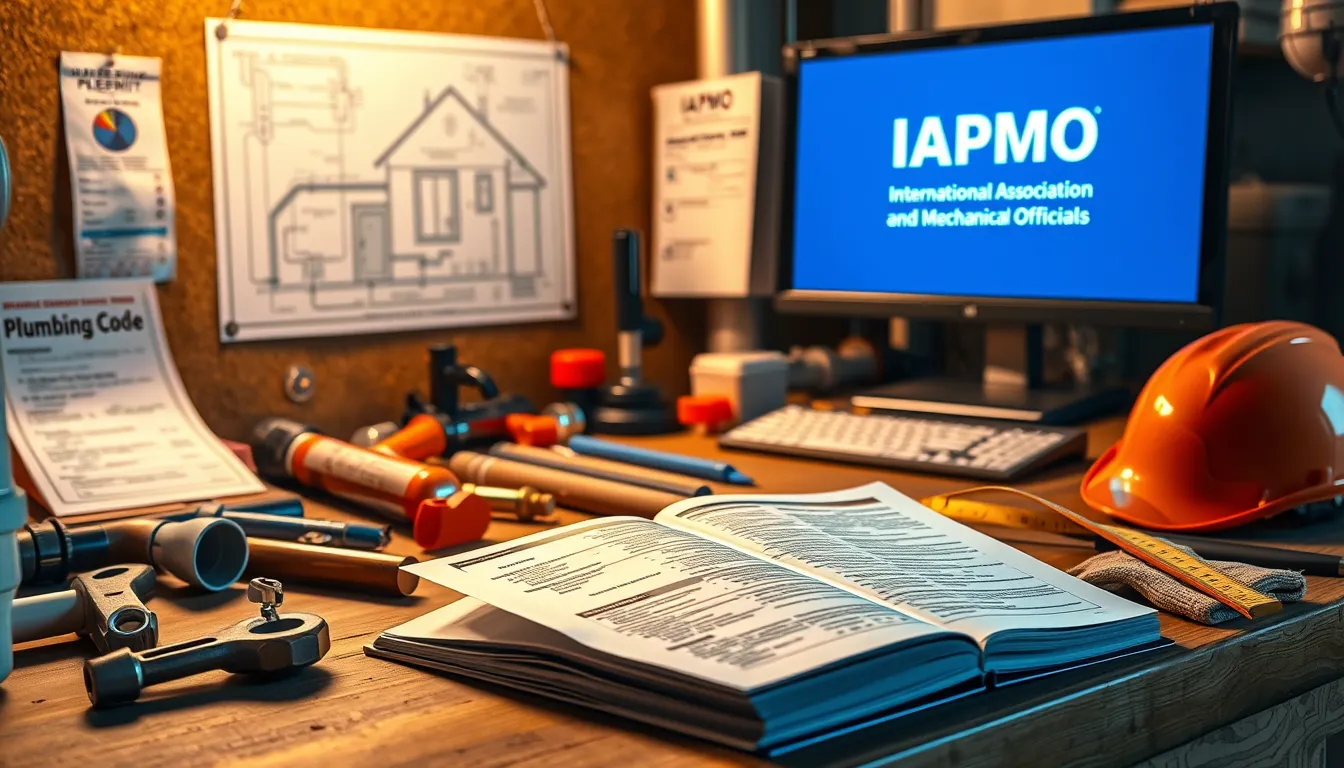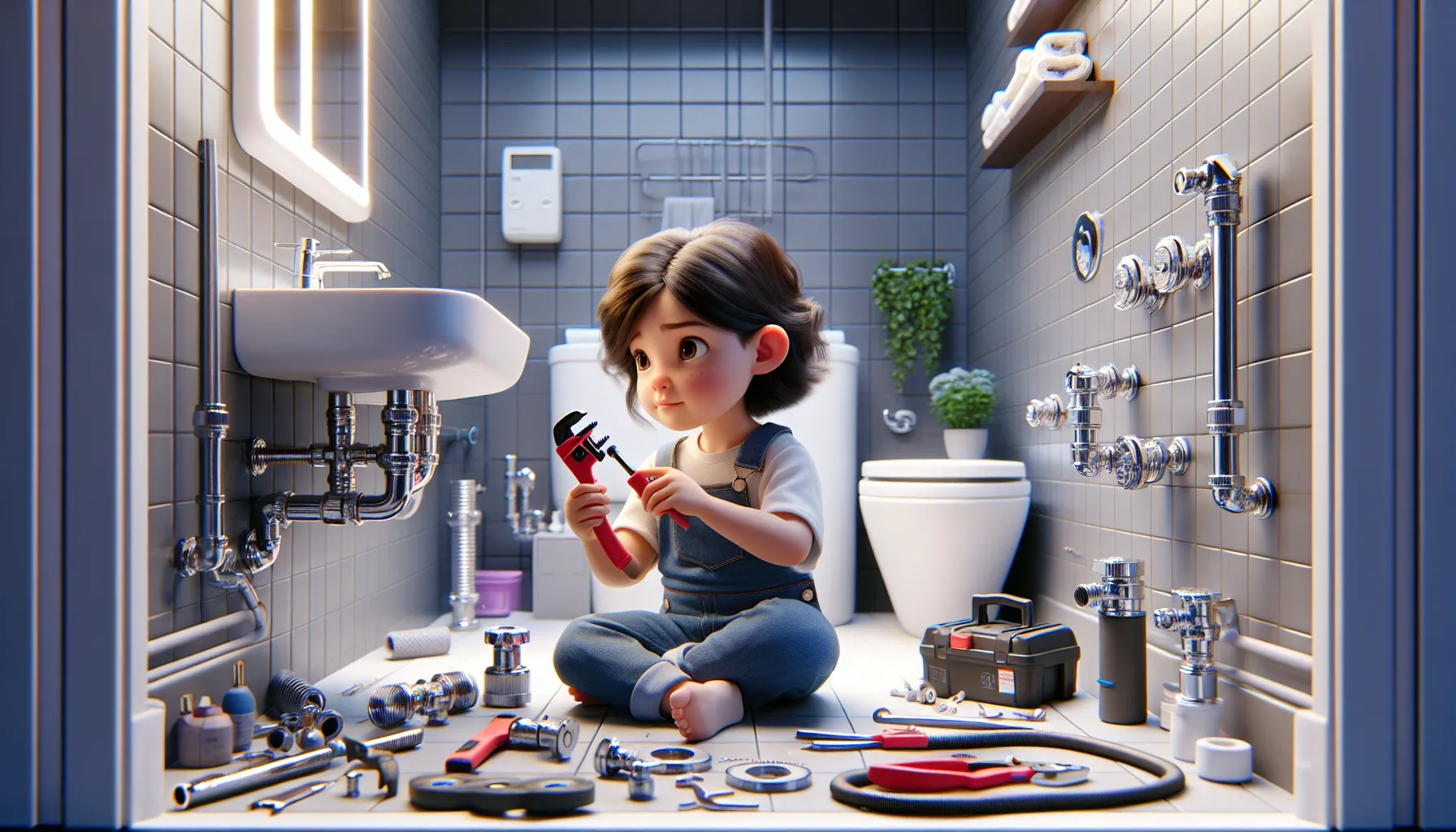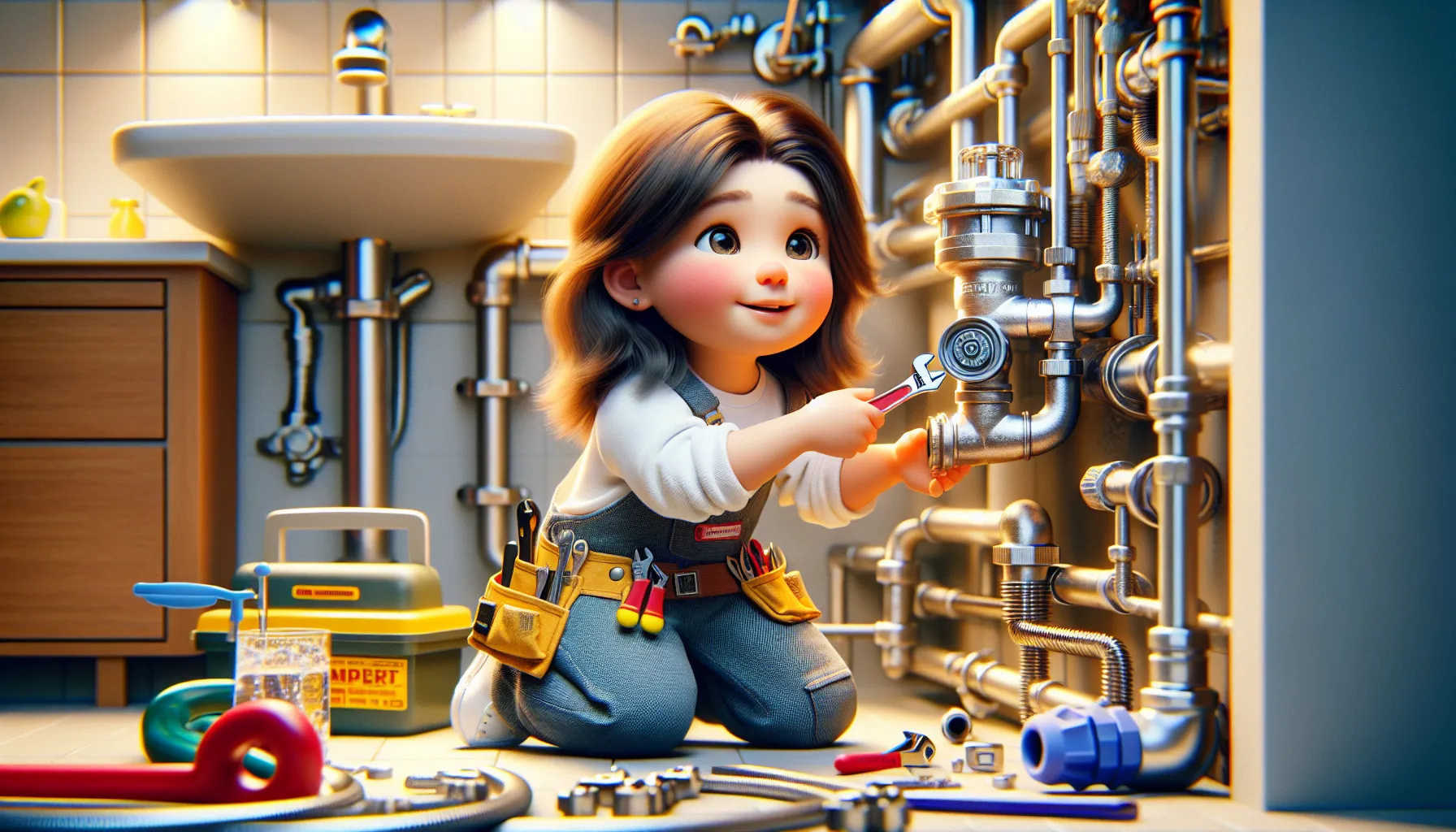Just as traffic laws ensure safe and orderly movement on our roads, plumbing codes and standards serve as the rulebook for the intricate network of pipes and fixtures that keep our homes functioning smoothly. These codes are the unsung heroes of our daily lives, silently working behind the scenes to protect our health, safety, and comfort. According to the World Health Organization, improved sanitation facilities, which rely heavily on proper plumbing, can reduce diarrheal disease by up to 28%. Additionally, the U.S. Environmental Protection Agency reports that household leaks can waste nearly 10,000 gallons of water annually in the average home. These statistics underscore the critical importance of understanding and adhering to plumbing codes and standards.
Overview of Essential Plumbing Codes and Standards for Residential Systems
Plumbing codes and standards are comprehensive guidelines that govern the design, installation, and maintenance of plumbing systems in residential properties. These codes are typically based on the International Plumbing Code (IPC) or the Uniform Plumbing Code (UPC), depending on the jurisdiction. While the specific requirements may vary slightly between different areas, the fundamental principles remain consistent across the board.
The primary objectives of plumbing codes and standards are to ensure:
- Public health and safety
- Water conservation
- Energy efficiency
- Environmental protection
- Structural integrity of buildings
For homeowners, understanding these codes is crucial, especially when undertaking renovations, repairs, or new construction projects. While you may not need to memorize every detail, having a basic grasp of the key concepts can help you make informed decisions and communicate effectively with plumbing professionals.
Importance of Following Plumbing Codes
Adhering to plumbing codes is not just a matter of legal compliance; it’s a fundamental aspect of responsible homeownership. Here’s why following these codes is so crucial:
- Safety: Plumbing codes are designed to prevent hazards such as contamination of drinking water, sewage backflow, and gas leaks. By following these codes, you’re protecting your family’s health and safety.
- Efficiency: Properly sized pipes and correctly installed fixtures, as mandated by plumbing codes, ensure optimal water pressure and flow, leading to more efficient use of water and energy.
- Longevity: Plumbing systems installed to code are likely to last longer and require fewer repairs, saving you money in the long run.
- Legal Compliance: Non-compliance with plumbing codes can result in fines, difficulties selling your home, or even the need to redo work at your own expense.
- Insurance Coverage: Many insurance policies require that plumbing work be done to code. Non-compliant work may void your coverage in case of water damage or other plumbing-related issues.
Key Areas Covered by Plumbing Codes
Plumbing codes cover a wide range of areas, but some of the most important for homeowners to be aware of include:
- Pipe Sizing: Codes specify the minimum and maximum sizes for various types of pipes based on their intended use and the expected water flow. Proper sizing ensures adequate water pressure and prevents issues like water hammer.
- Fixture Installation: There are specific requirements for the installation of fixtures like toilets, sinks, and showers. These include minimum clearances, support structures, and connection methods.
- Venting Requirements: Proper venting is crucial for maintaining the correct air pressure in the plumbing system and preventing sewer gases from entering the home. Codes dictate the size, location, and configuration of vent pipes.
- Water Heater Installation: Codes cover aspects such as temperature and pressure relief valves, seismic strapping, and ventilation requirements for water heaters.
- Backflow Prevention: To protect the public water supply from contamination, codes require the installation of backflow prevention devices in certain situations.
- Materials: Plumbing codes specify which materials are approved for use in different parts of the plumbing system, ensuring durability and safety.
- Drainage Slope: Proper slope in drain lines is crucial for effective waste removal. Codes typically require a minimum slope of 1/4 inch per foot for horizontal drainage pipes.
Local Variations in Plumbing Codes
While many jurisdictions base their plumbing codes on the IPC or UPC, it’s important to note that local amendments and variations are common. These local modifications may be influenced by factors such as:
- Climate conditions (e.g., freeze protection in colder regions)
- Local water quality
- Environmental concerns
- Historical building practices
Because of these variations, it’s crucial to consult with local authorities or licensed plumbing professionals when planning any plumbing work. They can provide up-to-date information on the specific requirements in your area.
Tips for Ensuring Plumbing Project Compliance
- Research Local Codes: Before starting any plumbing project, familiarize yourself with your local plumbing codes. Many municipalities have this information available online.
- Obtain Necessary Permits: Most significant plumbing projects require permits. Obtaining these ensures that your work will be inspected for code compliance.
- Hire Licensed Professionals: When in doubt, hire a licensed plumber. They are trained in code compliance and can ensure your project meets all necessary standards.
- Document Everything: Keep detailed records of all plumbing work, including permits, inspections, and any variances granted.
- Stay Updated: Plumbing codes are periodically updated. If you’re working on an older home, be aware that bringing the entire system up to current code may be required when making significant changes.
- Ask Questions: Don’t hesitate to ask your plumber or local building department for clarification on code requirements.
Resources for Further Information
- Local Building Department: Your first stop for information on local plumbing codes and permit requirements.
- International Code Council (ICC): Provides resources on the International Plumbing Code.
- International Association of Plumbing and Mechanical Officials (IAPMO): Offers information on the Uniform Plumbing Code.
- Licensed Plumbing Contractors: Can provide practical insights into local code requirements and best practices.
- Home Improvement Stores: Often offer workshops and resources for DIY plumbing projects, including information on code compliance.
FAQs
Q: Do I need a permit for minor plumbing repairs?
A: Generally, minor repairs like fixing a leaky faucet or unclogging a drain don’t require permits. However, any work that involves changes to the plumbing system, such as moving fixtures or replacing pipes, typically requires a permit.
Q: Can I do my own plumbing work, or do I need to hire a professional?
A: In many jurisdictions, homeowners are allowed to do their own plumbing work. However, the work must still meet all applicable codes and may require inspection. For complex projects, hiring a licensed professional is often the safest and most efficient option.
Q: How often are plumbing codes updated?
A: Major plumbing codes are typically updated every three years. However, local jurisdictions may adopt these updates on different schedules.
Q: What are some common plumbing code violations in homes?
A: Common violations include improper venting, inadequate pipe support, incorrect slope on drain lines, and using non-approved materials. S-traps, which are prone to siphoning, are also a frequent code violation in older homes.
Q: How do plumbing codes address water conservation?
A: Modern plumbing codes include requirements for water-efficient fixtures, such as low-flow toilets and showerheads. They also specify maximum flow rates for various fixtures to promote water conservation.
Conclusion
Understanding basic plumbing codes and standards is an essential aspect of responsible homeownership. By familiarizing yourself with these guidelines, you’re not just ensuring compliance with local regulations; you’re investing in the safety, efficiency, and longevity of your home’s plumbing system. Remember, while DIY projects can be rewarding, complex plumbing work often requires the expertise of licensed professionals who are well-versed in current codes and best practices.
We encourage you to share this knowledge with fellow homeowners. Consider posting tips on social media about the importance of plumbing code compliance or sharing your experiences with code-compliant plumbing projects. By spreading awareness, you’re contributing to safer, more efficient homes in your community.
Whether you’re planning a minor repair or a major renovation, always keep plumbing codes in mind. They’re not just rules to follow – they’re the foundation of a safe, efficient, and sustainable home plumbing system.



